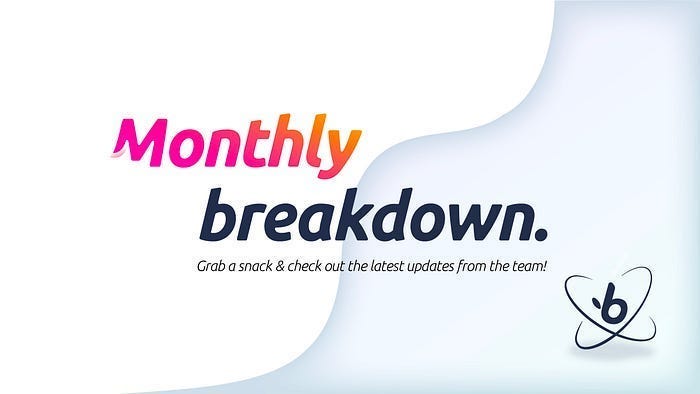Bistroo Achieves Major Milestones with IoTex Partnership and Community Campaign

In September 2024, Bistroo achieved significant milestones, notably launching a partnership with IoTex and initiating the Bistroo Super Community Campaign. This collaboration aims to enhance the ecosystem by leveraging resources from partner projects, which will ultimately reward all contributors. The month also marked a remarkable growth in user engagement, with 6,304 first-time users placing orders, reflecting a 228% increase year-on-year. Furthermore, Bistroo surpassed 100,000 active users and saw a 402% rise in new user accounts, indicating a robust expansion in its customer base.
The marketing efforts in September were centered around partnerships and community engagement, coinciding with Bistroo’s 5th anniversary. The launch of the Bistroo Super Community Campaign involved collaboration with ten projects to promote growth within the crypto space. Additionally, Bistroo unveiled a revamped website and litepaper, aligning with its current and future objectives. The partnership with IoTex is expected to bolster Bistroo’s capabilities and enhance its service offerings, further solidifying its position in the market.
On the development front, Bistroo rolled out several updates to improve user experience for both merchants and customers. Enhancements included a streamlined merchant portal, improved mobile interfaces, and new features such as the ‘as soon as possible’ delivery option. These updates are designed to optimize the ordering process and improve feedback mechanisms for restaurants. With these advancements, Bistroo continues to position itself as a leading SaaS infrastructure for restaurants, offering lower fees and instant payouts, while enabling both customers and merchants to earn rewards within the BIST ecosystem.
Related News





